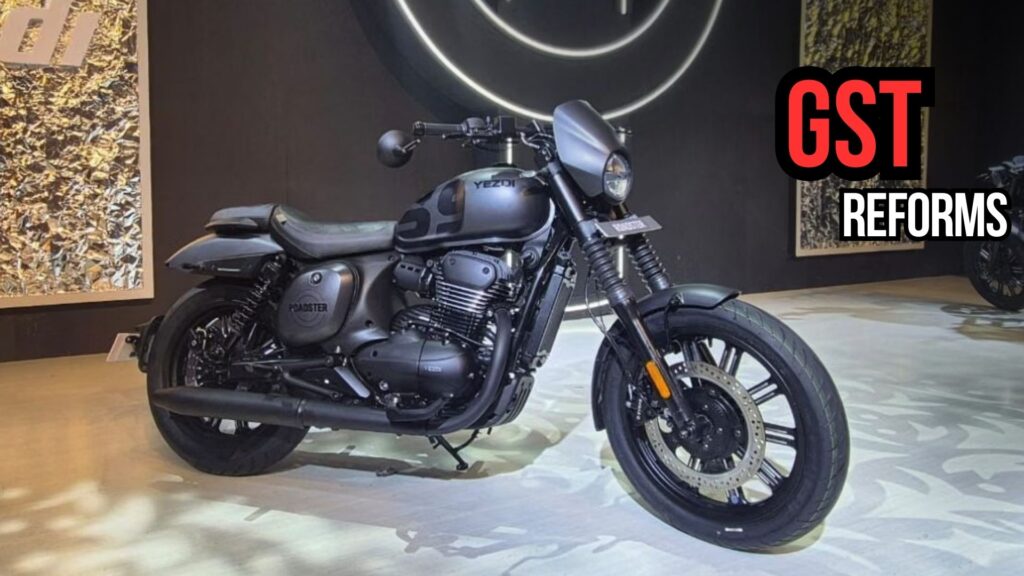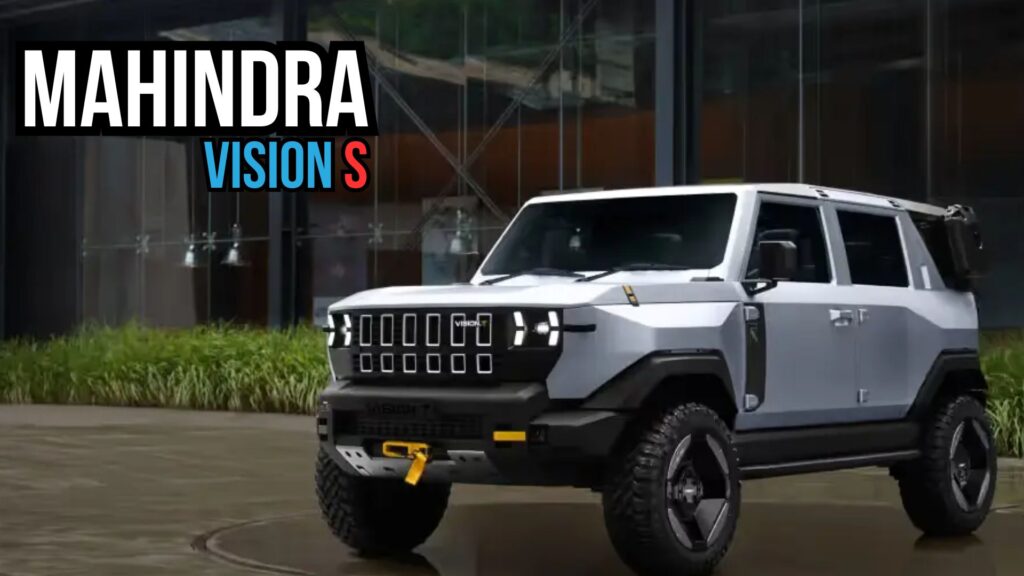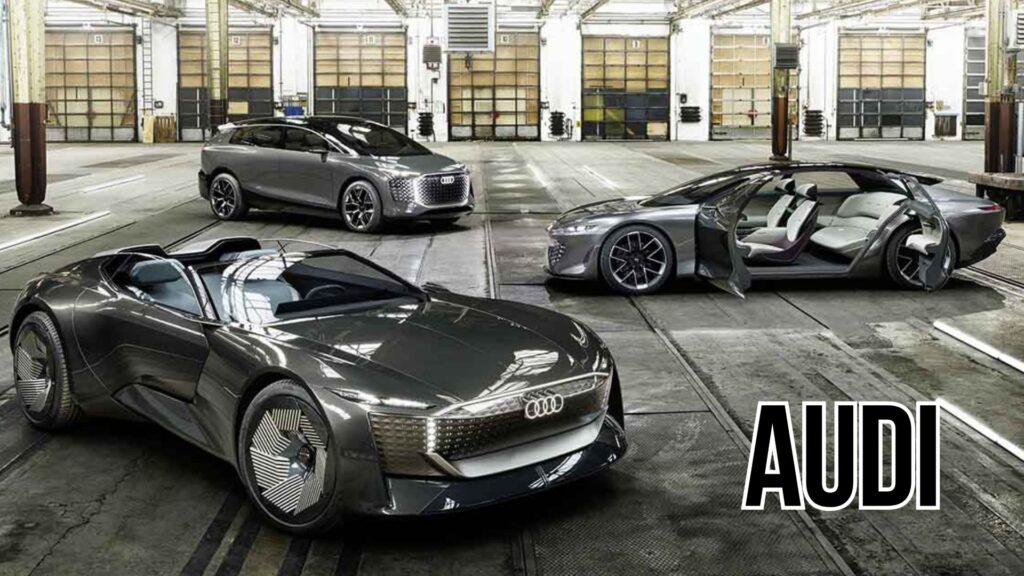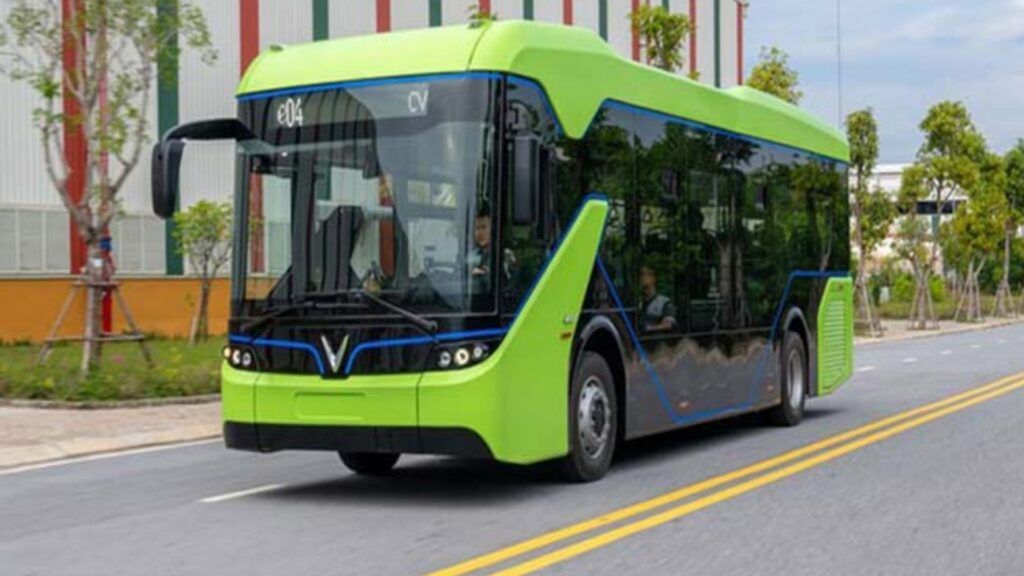Every era has been shaped by its defining resource. Coal powered the industrial revolution, oil dominated the 20th century, and now batteries are emerging as the foundation of the 21st century. As global demand for electric vehicles and clean energy storage rises, the importance of secure, resilient, and sustainable battery supply chains has never been greater. For India, this moment presents not just a challenge but also a historic opportunity to build local capacity, lead in next-generation technologies, and redefine its role in the global economy.
A New Defining Resource of the 21st Century
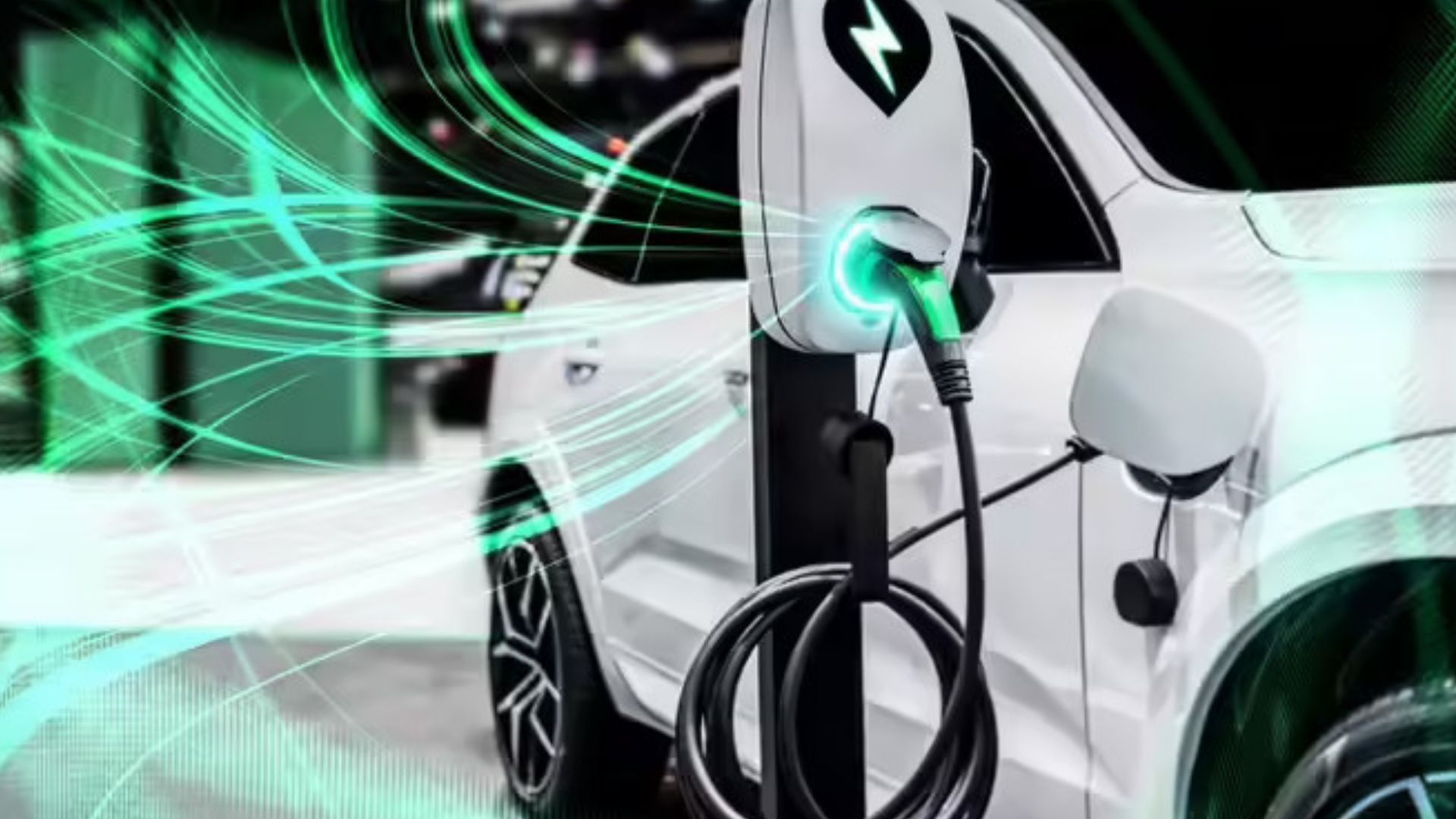
In previous centuries, coal and oil shaped economies, geopolitics, and industrial revolutions. Today, batteries especially lithium-ion batteries are emerging as the defining resource of our era. Not only do they power electric vehicles (EVs), but they also underpin the future of energy storage, grid flexibility, and low-carbon systems.
Global lithium-ion cell demand surged over 30 percent in 2024, and it is projected to quadruple by 2030. This explosive growth underscores the centrality of batteries in the world’s energy and mobility transformation.
Summary Table
Aspect |
Key Insight |
|---|---|
Global Demand |
Lithium-ion cell demand grew >30 % in 2024, expected to quadruple by 2030. |
Supply Concentration |
China controls >50 % of global cell capacity, creating systemic risk. |
Cost Trends |
Overcapacity drove battery pack costs down by ~20 % in 2024. |
India’s Strengths |
Chemistry and engineering base, manufacturing momentum, EV policy direction. |
Upstream Investment |
Essential materials (cathodes, anodes, etc.) make up ~66 % of a cell’s cost. |
Emerging Chemistries |
Shift from NMC to LFP; exploration of silicon-carbon anodes. |
Recycling & Circularity |
Recycling must become a core pillar by 2030 to ensure raw-material security. |
Strategic Outcome |
Domestic supply-chain independence, resilience, trust, and technological leadership. |
Official Site Link |
[example.com] – replace with the real reference. |
The Strategic Imbalance: China’s Dominance
One uncomfortable truth shadows this boom: more than half of global battery cell capacity resides in China, and infrastructure scaling-up continues there. This concentration delivers short-term advantages overcapacity helped drive down battery pack prices by 20 percent in 2024, aiding EVs in many markets to reach price parity with internal-combustion vehicles. Yet it also entrenches dependency, exposing others to volatility, supply-chain shocks, and geopolitical leverage.
The Promise of EVs Realized But Only Partly
Electric mobility has proven that transformative public benefits are attainable: cleaner air, quieter streets, energy-smart systems. But the promise of EVs lies not just in adoption, but in reinventing entire value chains building local ecosystems attuned to regional needs, resources, and industrial strengths.
India’s Distinctive Opportunity
With rising EV penetration, a deep foundation in chemicals and engineering, and growing capabilities in advanced manufacturing, India stands uniquely poised to shift from being an EV consumer to becoming a shaper of the global battery revolution.
To claim global leadership, India must move beyond ambitious policy statements and toward concrete strategic actions.
Investing Upstream: Materials That Matter
The unglamorous yet essential components cathodes, anodes, electrolyte and separators comprise up to two-thirds of a lithium-ion cell’s cost. Establishing domestic capacity in these sectors is not peripheral it is central to gaining cost competitiveness, technical mastery, and supply‐chain security.
Betting on Next-Gen Chemistry
The battery landscape is evolving rapidly. Many current designs rely on nickel-manganese-cobalt (NMC) chemistry, but lithium-iron-phosphate (LFP) is already overtaking them in key markets due to its lower cost, better thermal stability, and long life. Meanwhile, advanced anode materials like silicon-carbon composites promise higher energy density and faster charging. Early alignment with these technological shifts can position India as a standard-setter of the next battery generation.
Circular Economy and Recycling as Strategic Defense
By 2030 and beyond, recycling should be more than a bolt-on it must become a cornerstone of India’s battery ecosystem. Recovering cobalt, nickel, lithium, and other valuable elements through efficient recycling not only reduces raw-material dependency but also builds resilience and sustainability into the supply chain.
Resilience Is the Goal
Batteries are not just economic drivers they are instruments of energy sovereignty and geostrategic autonomy. Whoever leads in battery materials commands mobility. Civilization’s future balance may depend on which nations embed circular systems and sustainable innovation into their industrial architecture.
Frequently Asked Questions (FAQs)
Q1: Why is battery demand growing so rapidly?
A1: Global transition toward decarbonization, electrified transport, and renewable energy integration are driving exponential demand for lithium-ion cells estimated to have grown over 30 percent in 2024 and projected to grow fourfold by 2030.
Q2: Why is China so dominant in battery supply chains?
A2: China invested early and heavily across the battery value chain from mining, refining, and component manufacturing to gigafactories. This scale has given it both cost advantages and market leverage.
Q3: How much of a battery’s cost comes from materials like cathodes and anodes?
A3: These upstream components account for approximately two-thirds of the total cost of a lithium-ion cell, making them critical strategic investments.
Q4: What are the key battery chemistries India should focus on?
A4: Lithium-iron-phosphate (LFP) offers cost efficiency and thermal safety, while silicon-carbon composite anodes offer higher energy density and longer lifespan. Early investments in these will help India lead innovation.
Q5: Why is recycling so important?
A5: Recycling recovers essential materials (like lithium, cobalt, nickel), reducing reliance on raw imports, lowering environmental impact, and building supply-chain resilience crucial for sustainable, long-term leadership.
Q6: What makes India especially well-positioned for this opportunity?
A6: India possesses a solid base in chemicals and engineering, plus a growing advanced manufacturing sector and EV adoption momentum letting it build vertically integrated, competitive battery supply chains aligned with national goals.
Final Thoughts
India stands at a critical juncture. The global shift from oil to batteries is more than a market trend it’s a tapestry of technology, industry, and geopolitics. For India, leveraging its existing industrial strengths, investing where impact is greatest, embracing emerging chemistries, and making circularity central are not optional strategies they’re imperatives. If executed boldly and smartly, India can lead the age of batteries with both resilience and purpose.
For More Information Click HERE
